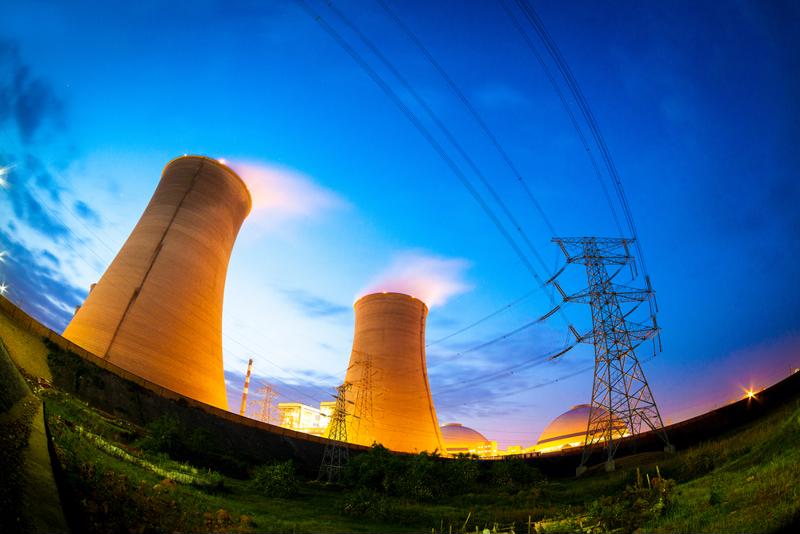Activated carbon, also known as activated charcoal, is used in a wide variety of industries, including the medical and industrial fields.
In fact, activated carbon helps purify the air by removing harmful substances, such as the smoke from cigarettes. First responders, nuclear plant workers and gas masks all utilize activated carbon to ensure clean air any many different jobsites.
How It Works
Activated carbon is produced from source materials that are carbonaceous, which are any organic compounds high in carbon content, explained TIGG. Carbonaceous materials include the following:
- Wood
- Peat
- Coal
- Nutshells
- Coconuts
These materials are then transformed into activated carbon by way of thermal decomposition and substantial physical changes, which usually occur in a furnace under controlled temperatures and conditions. Widely used for air filtration because the material has low-volume pores but a large surface area per unit volume. This means the surface area is ideal for absorbing gases. For example, patients are treated with this if they become poisoned following oral ingestion. It plays a big role removing pollutants from the air and water as well. After oil spills, it is not uncommon to find this substance helping with cleanup.

Activated Carbon and Air Purification
Air purifiers are prevalent in everyday life and can be found in factories, coffee roasteries and even city office buildings. Larger purifiers are typically nearby a building’s HVAC unit, especially if that structure is used by professionals within the medical, industrial or commercial industries. Even spacesuits utilize activated carbon to help remove carbon dioxide.
The entire premise of air purification revolves around cleaning the air by removing dust, particles and other compounds floating in the air. In an industrial or professional setting, dirty air caused by volatile organic compounds or smoke particles can lead to what is known as sick building syndrome.
According to the National Center for Biotechnology Information, sick building syndrome occurs when individuals fall ill, but no specific reason for the illness can be identified. The one link, however, is the amount of time he or she spends inside a building. Symptoms of SBS include irritation of the skin, eyes, nose and throat, in addition to hypersensitive reactions and other health issues.
Researchers found that SBS can therefore develop due to malfunctions in HVAC systems, subpar ventilation and the lack of air purification methods.
As such, activated carbon can help with cleaning out the air by absorbing even the smallest of particles. The substance can even work in tandem with HEPA filters. While those catch approximately 99.7 percent of particles, some spores and allergens will slip by, which activated carbon can catch.
“Activated carbon can help with cleaning out the air by absorbing even the smallest of particles.”
Example Uses
But it’s not just office and warehouse buildings that can utilize activated carbon. The substance is used in nuclear fuel processing plants and power facilities because it helps protect against radioiodine from entering the air, according to Nuccon International.
Air purification is an important component to ensure buildings in every industry are functioning properly. Workers in industrial fields are consistently exposed to harmful odors and gases, while employees in a typical office setting may also find themselves exposed to dirty air.
Activated carbon should be used in every industry because it helps catch even the smallest of particles to ensure an efficient air purification process.
Whether it’s for an office or nuclear facility, contact Air Impurities Removal Systems to find out more ways to find the right air purification equipment.











What Is Activated Carbon?